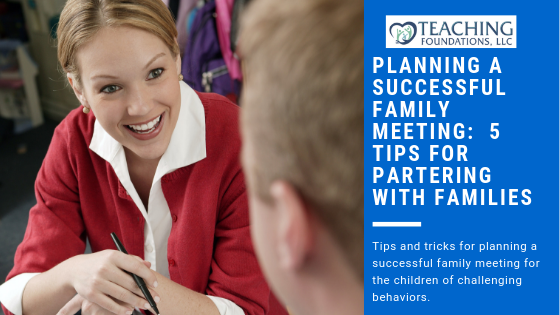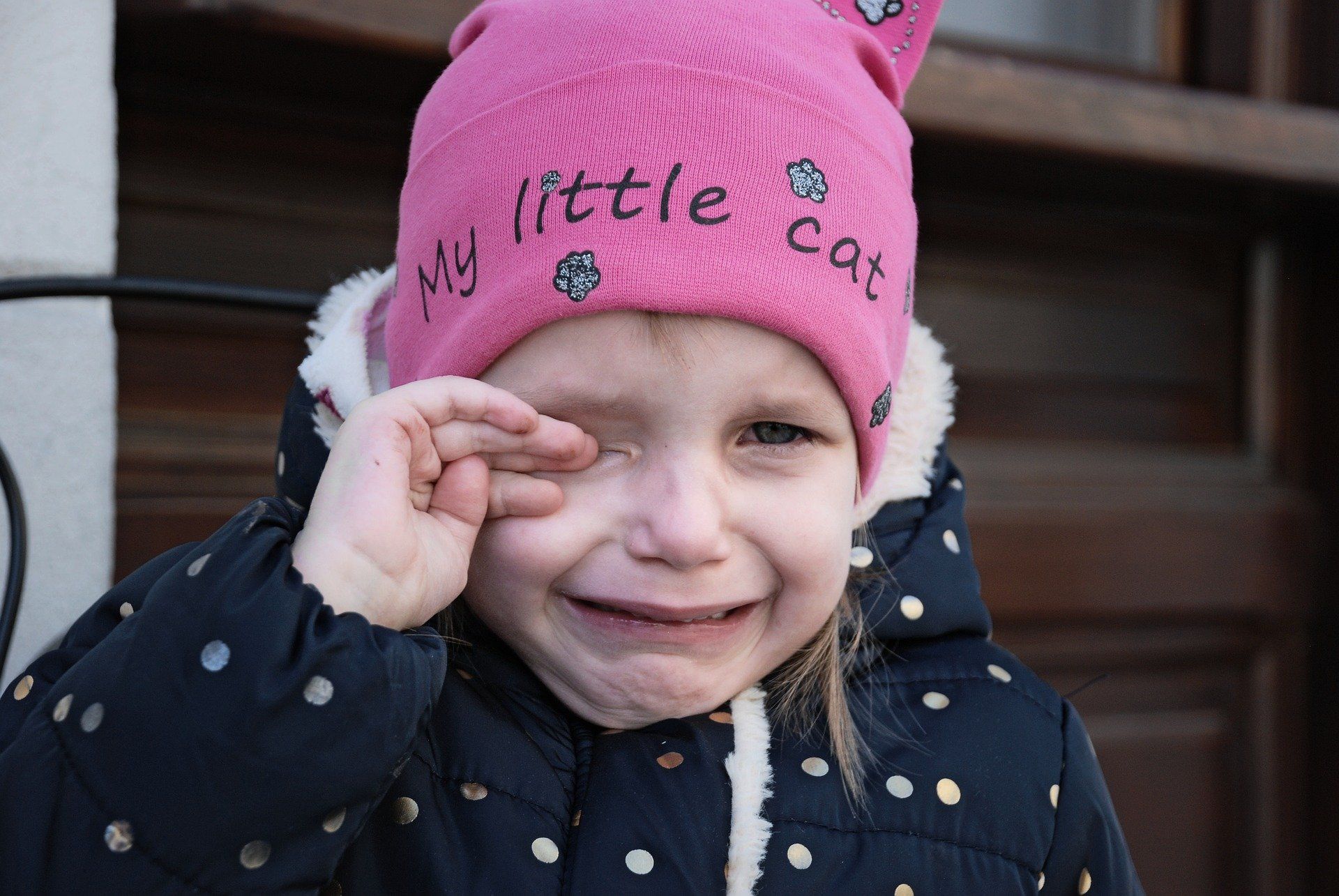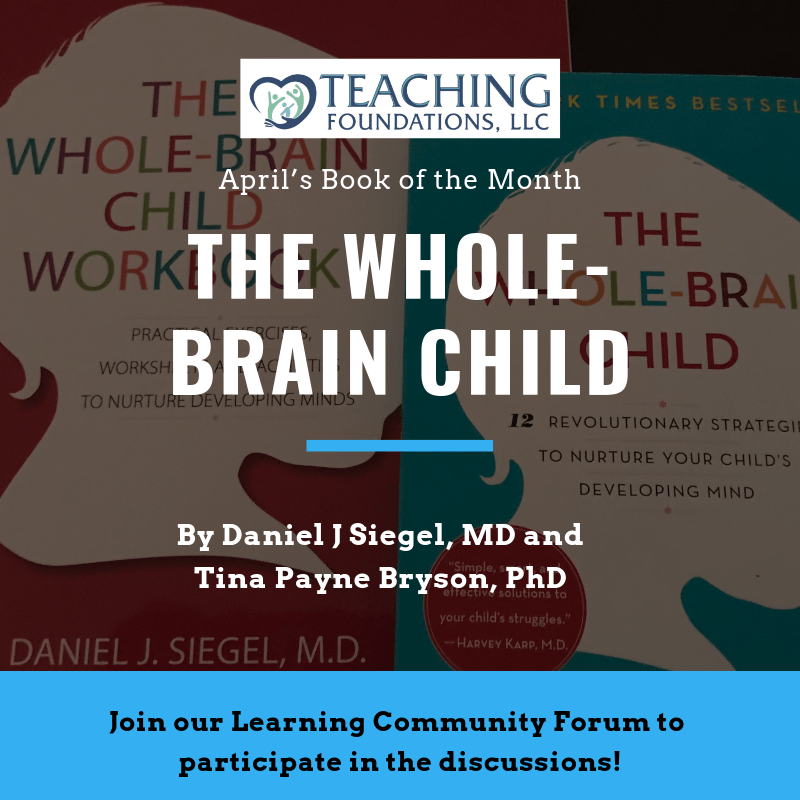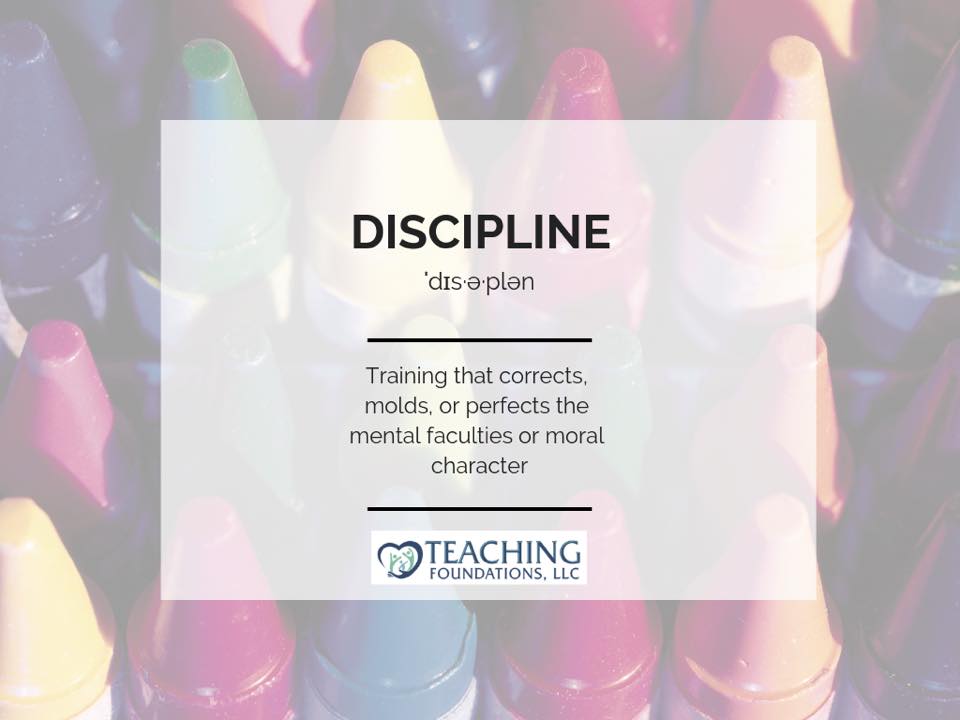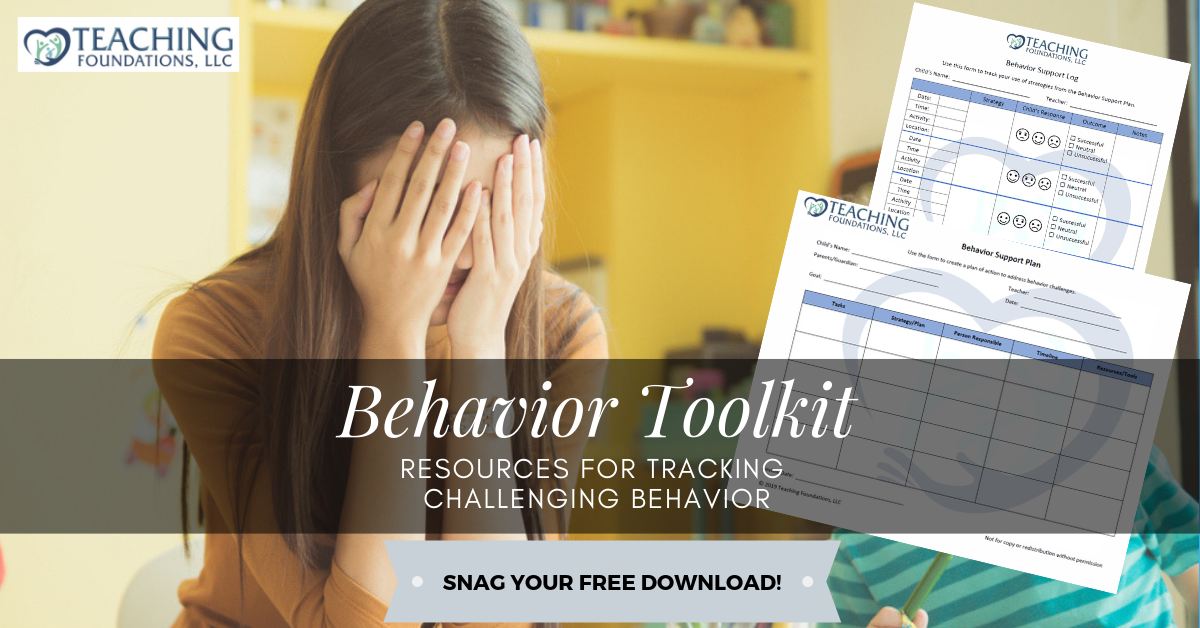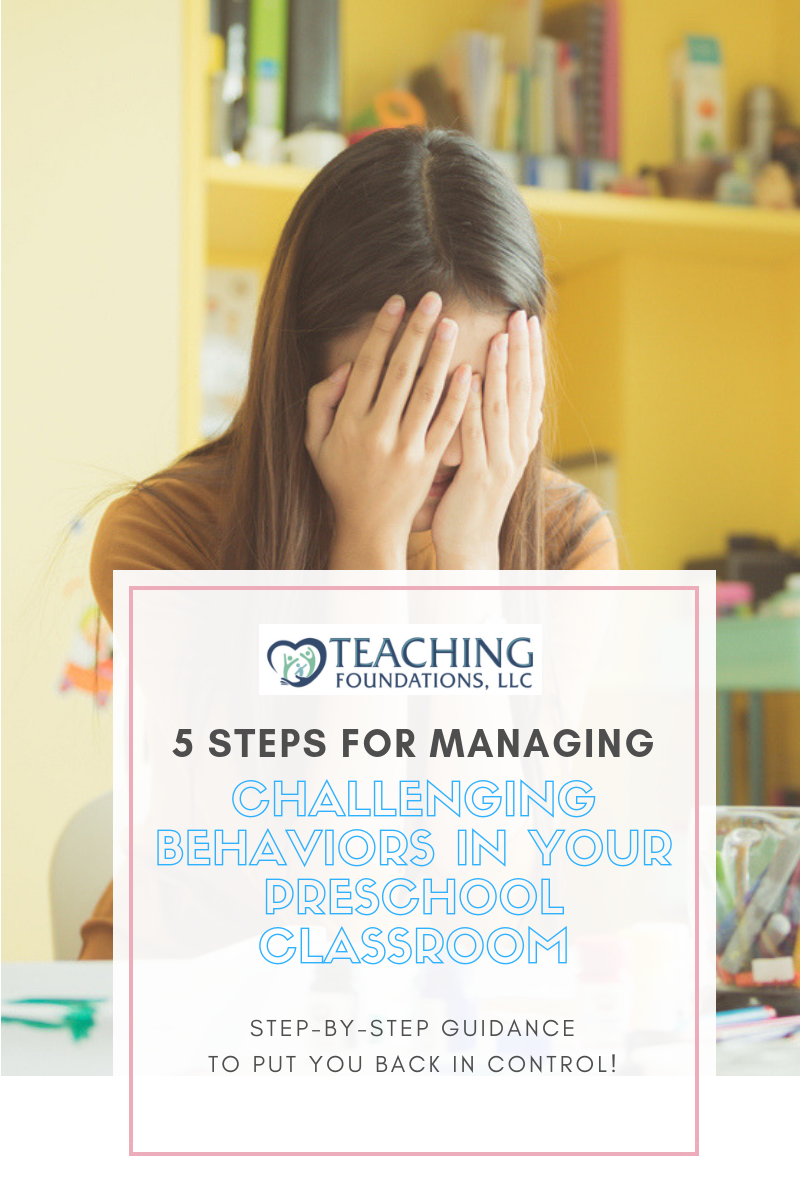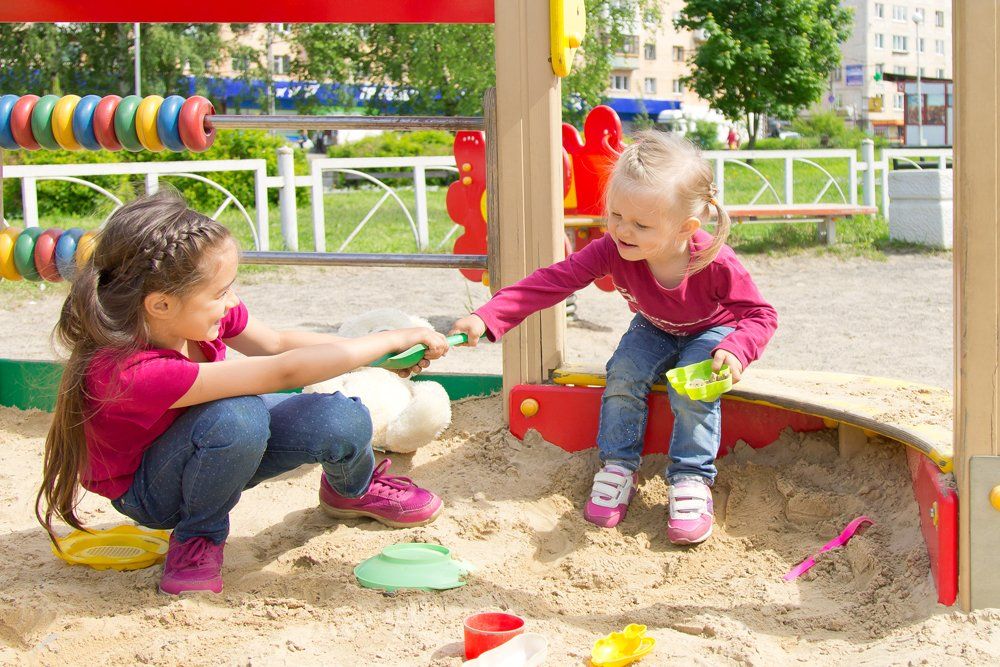Are You Surviving or Thriving?
Assessing Your Approach to Managing Challenging Behaviors
We all have them. Challenging behaviors: children hitting, biting, throwing things, and screaming, among others. These are all moments that we simply try to get through because they are stressful and challenging. These times of day are frequently shared with ease. We complain about these moments and look for strategies and suggestions to help us get through these hectic times of the day. Often, the strategies we seek are “quick fixes” or tools that make the “problem” go away. In these moments, we may not be the best version of ourselves, as we bark out directions to the children, give immediate solutions to problems, tell the children how to quickly solve their social conflicts, and demand the children comply with our demands as we rush on to the next part of our schedule.
I have frequently commented that the recent rise in challenging behaviors is related to our field’s shift from teaching social skills, friendships, and how to play with purpose toward an increasingly higher demand for academic performance. When confronted with the challenges of managing a classroom full of preschoolers, teachers prioritize teaching writing, reading, and counting over teaching friendship skills, social problem solving, and how to manage emotions. In fact, we try to “survive” the challenging moments by seeking out “quick fixes”. Our intention is to move on to the more “important” times of our day: teaching academic skills. Comments frequently reflect the view that providing for the individual needs of children with challenging behaviors is “unfair” to their peers because it takes away from providing for everyone's needs.
Daniel J Siegel, MD and Tina Payne Bryson, PhD, authors of The Yes Brain , No Drama Discipline , and The Whole-Brain Child , offer another way for us to approach our work with children with challenging behaviors. They introduce the concepts of “Survive and Thrive” by saying that moments when we are trying to “survive” and simply get through the challenging behavior are also moments when we can be teaching our children skills they need to “thrive” later in life. They propose that teachers can reduce the amount of “survive” moments they experience over time by using those moments to teach children missing social skills.
So my question to you is: “Are you Surviving, simply trying to get
through your day with the children, or are you Thriving, using everyday
challenges to teach children the skills they need to be successful in life?
I recently asked preschool and pre-kindergarten teachers the following question:
“What qualities do you hope your children
take into their adult lives?”
It was interesting that none of the responses included the academic skills that we often prioritize when going about our daily routines with the children. Comments focused on life skills, such as accepting differences, being confident in their abilities, knowing it’s okay to make mistakes, how to show empathy, being kind to others, and exploring and enjoying the moments. There was only one comment related to reading and it was “for children to love to read”.
Seigel and Bryson call these “thrive”. Our long-term goals are things that we know will help children “thrive” in life. So, my next question is, if social-emotional skills are what we know children need to thrive in life, why are we seeing the children who need to learn these skills as taking away from the more “important” moments of our day? Isn’t teaching these skills important and necessary? Why aren’t we focused on and giving time to teaching social problem solving, how to manage emotions, and how to interact and play with others?
It starts with changing our view of discipline. Many people and cultures see discipline as punishment. Spanking, time-out, removal of toys, and loss of privileges, among others, are all ways to respond when children “misbehave”. The problem with these approaches is it doesn’t “teach” the child what they can do instead. What other alternatives do they have? What could they have done differently?
Let’s look at the following scenario to dissect this idea a little further:
Darius was playing with the zoo animals on the shelf when Timothy took the tiger away from Darius. Darius started to scream, “tiger, tiger”. Next, Darius followed Timothy and pushed him. Darius took the tiger and said, “Mine!” Darius placed the tiger back on the shelf and kept playing.
In this scenario, the teacher could respond in three different ways. First, the teacher could yell at Darius and put him in time-out for pushing Timothy. This approach would be responding to Darius by “punishing” his behavior. In the second approach, the teacher would say to Darius, “Gentle touches” and give the toy back to Timothy or take it away altogether. While this approach helps the teacher survive the moment, it does not teach Darius how to appropriately respond when someone takes something from him. It also does not teach Timothy how to ask for toys or wait until someone is finished before taking the toy. These are important life skills both children need to learn. Skills that will help them “thrive” in life. Without learning these skills, what will Darius and Timothy do the next time this situation occurs?
This is why it’s important to view discipline as “teaching” children how to behave, not punishing them for their behavior. It’s okay to make mistakes, as long as you can learn from them (life goal).
So how do you start to focus on “teaching” life skills and less on punishing?
Seigel and Bryson say, “Ask yourself three questions”:
1. Why did the child act this way?
2. What lesson do I want to teach in the moment?
3. How can I best teach this lesson?
In our above scenario, the teacher would pause and ask herself, “Why did Darius push Timothy?” If she doesn’t know what happened, she could ask Darius and Timothy, “Oh no, what happened?” Darius will surely respond with “My tiger?” As she discovers, why Darius pushed Timothy (to get his toy back), she will next ask herself, “What lesson do I want Darius and Timothy to learn?” Another way to frame this question is, “What would I like Darius to do instead of pushing?” She may say, “I want Darius to ask for the tiger back or get his teacher to help him?” Then, she considers the best way to teach Darius this lesson and decides that modeling it for Darius is the best way. So, she tells Darius, “You can’t push Timothy. Pushing hurts him. If you want your toy back, you need to ask for it. Let’s say, ‘Give back, please!’” She could hold the tiger and have Darius say, “Give back, please”, and give him the tiger when he uses the words. In this way, the teacher has started to teach Darius how to use his words to get what he needs. It would also be important for the teacher to listen for Darius shouting when playing near other children, as she can step in and reinforce this learning in the moment.
What are some ways you can start incorporating “thrive” learning into your “survive” moments? What are ways to teach “thrive” skills in your daily routines? Comment your responses below!
Do you have a process for addressing challenging behaviors in your early childhood program? Our live, instructor-led virtual training, Breaking the Behavior Code: Discovering the "Why" Behind Challenging Behaviors will teach you our 5-step process. Sessions running in September and October.

